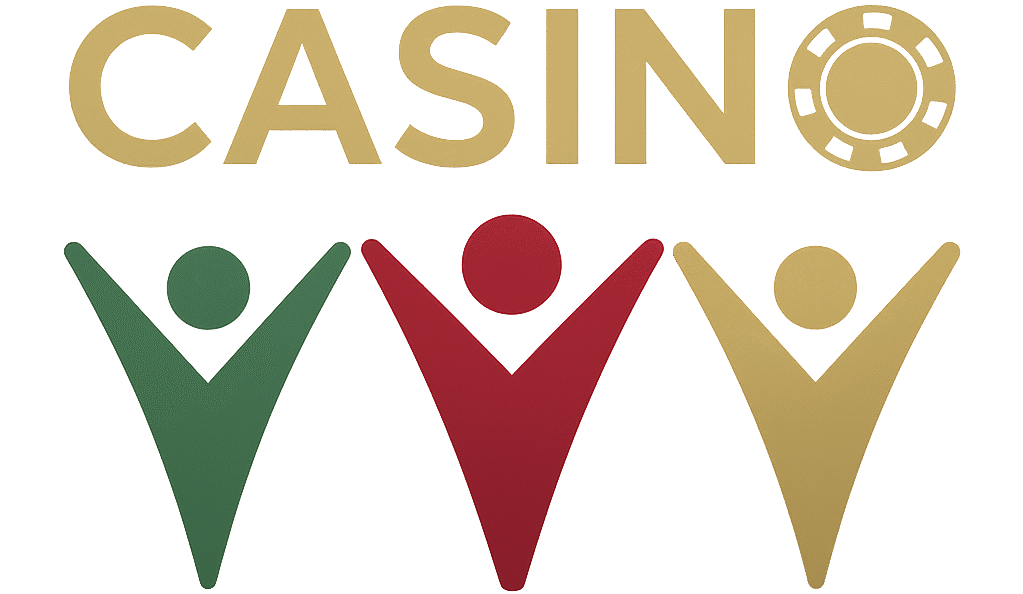
Operational Tech Shaping Global iGaming Revenues Q3 2025 — Why Record Numbers Hide a Deeper Market Divide
The iGaming revenues Q3 2025 reflect a dynamic shift as digital platforms redefine the betting landscape. Technology threads through every aspect of this transformation, with advancements in artificial intelligence and blockchain providing a robust backbone for online gaming operations. The sector’s growth is staggering, yet it masks underlying disparities between different market segments.
Global Data — Q3 2025 Snapshot
As of Q3 2025, the global iGaming economy continues to post record figures across regulated markets.
According to the American Gaming Association (AGA) Commercial Gaming Revenue Tracker, U.S. commercial gaming revenue reached $51.14 billion between January and August 2025 — an 8.9% year-over-year increase, placing the industry on pace to surpass 2024’s full-year record. Online casino verticals in states such as New Jersey and Michigan maintained double-digit growth throughout the quarter.
In Europe, the European Gaming and Betting Association (EGBA) confirms a total GGR of €123.4 billion for 2024, with €47.9 billion from online gaming — representing nearly 39 percent of the region’s gambling revenue. Projections by H2 Gambling Capital (via the EGBA report) anticipate that European online GGR will reach €51–52 billion in 2025, a growth rate of roughly 8 percent year on year.
H2 Gambling Capital Forecast 2025
Together, these verified indicators underscore the continued expansion of regulated iGaming, driven by mobile penetration, strong compliance frameworks, and technology-led efficiency. While revenues rise across markets, the pace of digital integration remains uneven — a central theme of CasinoVVV’s 2025 analysis.
Global iGaming Revenues Q3 2025 — Why Record Numbers Hide a Deeper Market Divide Outlook: Dynamics and Inflection Points
The upward trajectory of iGaming revenues Q3 2025 is fueled by several key dynamics. Enhanced mobile gaming experiences and the integration of virtual reality are attracting a broader audience, creating a vibrant yet competitive ecosystem. Yet, as markets expand, they also face inflection points that could redefine strategic approaches. Regulatory landscapes, varying significantly across jurisdictions, play a pivotal role in shaping revenue potential. Will markets be able to sustain this growth amidst tightening regulations and ethical scrutiny?
In practice, markets like Europe continue to thrive under sophisticated regulatory frameworks, while others may struggle to adapt. The challenge remains in balancing innovation with responsibility, ensuring that the rapid pace of growth does not compromise ethical standards or consumer protection.
The Divide Behind the Growth
Record revenues in Q3 2025 highlight not only expansion, but also a widening structural gap across the global iGaming landscape.
Europe continues to mature under stable regulation, fostering innovation through transparent compliance. In contrast, the U.S. and Latin American markets — while booming in raw volume — remain fragmented by inconsistent state and federal frameworks.
This imbalance shapes investment flows and access to technology: large, data-driven operators consolidate global influence, while mid-tier brands and affiliates face rising acquisition costs and shrinking margins.
The next competitive edge will belong not to the biggest operators, but to those capable of bridging regulation, ethics, and user trust across multiple jurisdictions.
Market Snapshot: Where Global iGaming Revenues Q3 2025 — Why Record Numbers Hide a Deeper Market Divide Is Heading
Looking forward, the global market is poised for further expansion, driven by technological advancements and changing consumer preferences. However, this growth narrative is not uniform. Some regions are accelerating, fueled by cutting-edge innovations and favorable regulatory environments, while others face barriers such as outdated legal frameworks and limited technological access.
For instance, a generic emerging market scenario might involve a new entrant launching with robust mobile platforms, quickly capturing a youthful demographic. Such examples illustrate the potential for growth, yet also highlight the essential need for strategic foresight in navigating regulatory complexities and consumer expectations.
Ultimately, the iGaming industry’s future hinges on its ability to adapt to these challenges, ensuring sustainable growth while maintaining integrity and transparency. Track practical shifts in iGaming revenues Q3 2025 — read CasinoVVV’s global analysis.
What is iGaming?
iGaming refers to online gaming activities, including betting, casino games, poker, and lotteries.
Why are iGaming revenues hitting record numbers in Q3 2025?
The growth in mobile gaming, increased accessibility, and broader acceptance of online gambling have driven revenues to record levels.
What does the ‘deeper market divide’ mean in the context of iGaming?
The ‘deeper market divide’ refers to the growing disparity between large, established operators and smaller, emerging companies in the iGaming industry.
How are smaller iGaming companies affected by this market divide?
Smaller companies face challenges in competing with larger operators, who have more resources for marketing and technological advancements.
What strategies can smaller iGaming companies use to compete effectively?
Smaller companies can focus on niche markets, innovative offerings, and personalized customer experiences to differentiate themselves.
How is technology influencing the iGaming market divide?
Advancements in technology favor larger operators who can invest in cutting-edge platforms, further widening the gap with smaller firms.
Prepared by the editorial staff at CasinoVVV.com, committed to providing professional gaming analysis and global casino news for our readers.
Read also: SiGMA iGathering Limassol 2025: When iGaming Innovation Met the Mediterranean • Rhode Island Lottery Targets Six Unlicensed iGaming Sites — What It Means for Players, Operators, and Market Stability
